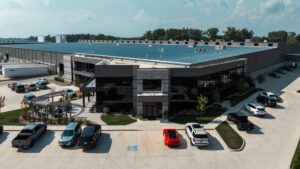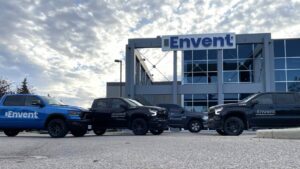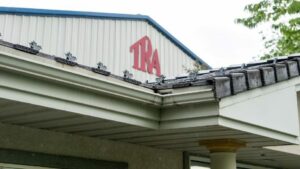For the past 12 years, Firewire Surfboards has harnessed high tech innovations and cutting-edge materials to reduce the toxicity of its surfboards while improving board performance. The Carlsbad, CA, eco-conscious, surfboard designer and producer, with a manufacturing facility located in Thailand, cut its waste per board by 95 percent and attracted like-minded environmentalists such as high-profile surfers like Rob Machado and Kelly Slater, now a member of the ownership group.
Executives had initially chosen a cost-effective ERP called Greentree Business Software and used it for more than a decade for basic transaction processing and as a company database. “The front end was bearable with a pretty archaic user interface, and the backend ran smoothly because there wasn’t much going on,” says Franklin Shiraki, CFO. “The platform never had a single upgrade, and we always knew we’d outgrow it.”
Glorified Database Lacks Visibility
As Firewire Surfboards grew, they created workarounds in Greentree to extend its usefulness. But with operations in the U.S., UK, and Australia, and later, manufacturing operations in Thailand, it became apparent that Firewire needed something better. Rapid growth of more than 30 percent year over year in 2016 clearly illustrated they had reached a point where the prior solution couldn’t deliver the complexity and granularity Firewire needed. “I was doing all the financials and analysis in Excel, and we were using the ERP as a database only,” Shiraki says. “Every time someone asked for a report, I’d have to create it. There was nothing in the system like a dashboard and I’d spend hours and hours making reports.”
Shiraki was using three different ERP packages and he didn’t have visibility into two of the company’s five operating entities. The sales team also could not readily access data on specific retailers to learn which surfboards were selling and which weren’t.
Firewire, which sells its surfboards through retailers, once tried creating financial snapshots on a weekly basis, but abandoned that effort because the manual process was far too time consuming. The company’s Australian distribution arm was growing extremely frustrated as they experienced multiple computer crashes when logging in since the product was hosted on-premises in the U.S. office. “We previously had no resources to build a useful VPN, so our Australia entity had to use remote desktops and was always fighting Internet latency and Microsoft desktops crashing,” Shiraki says. “It was a huge pain point for them.”
 Canada (English)
Canada (English)
 Colombia
Colombia
 Caribbean and Puerto Rico
Caribbean and Puerto Rico
 Ecuador
Ecuador
 India
India
 Indonesia
Indonesia
 Ireland
Ireland
 Malaysia
Malaysia
 Mexico
Mexico
 Panama
Panama
 Peru
Peru
 Philippines
Philippines
 Singapore
Singapore
 South Africa
South Africa
 Sri Lanka
Sri Lanka
 Thailand
Thailand
 United Kingdom
United Kingdom
 United States
United States








